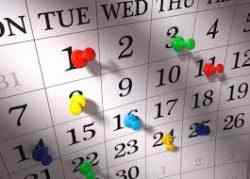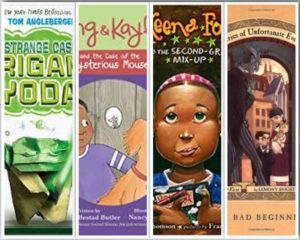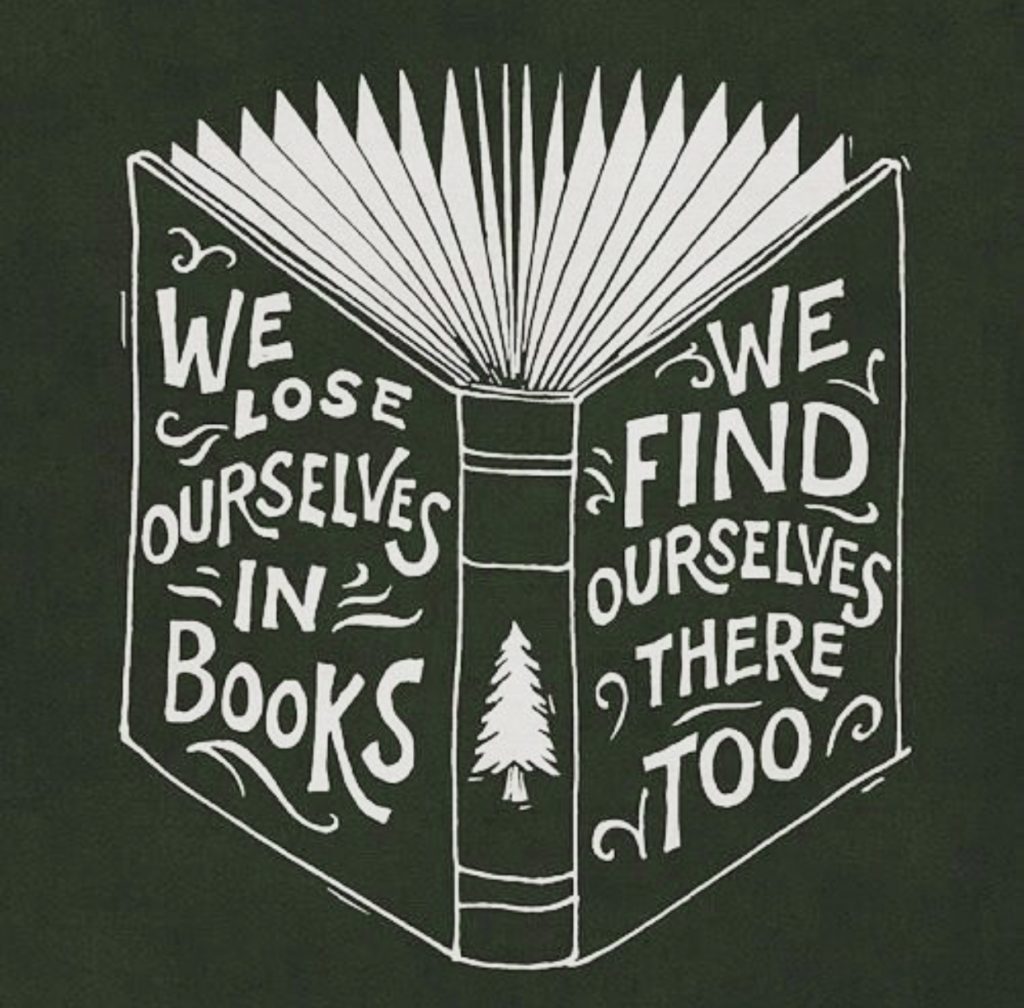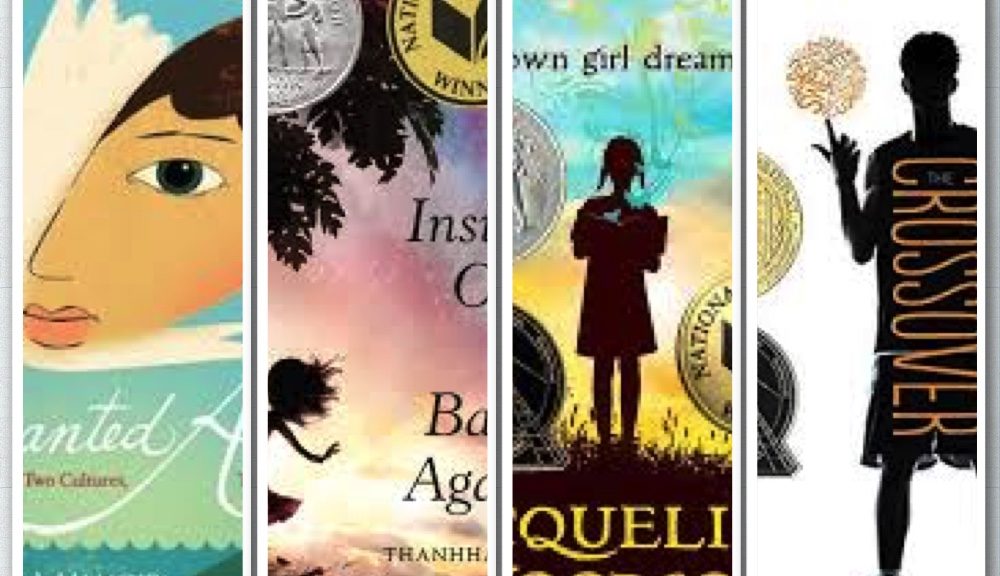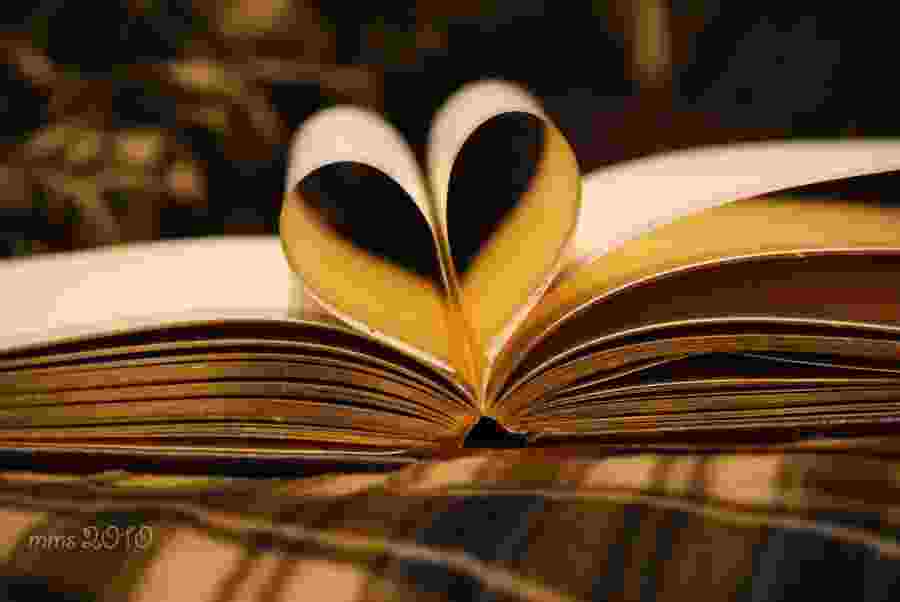
In class prompts
You can find our in-class prompts and quotes here. You may find this helpful to guide your reading.
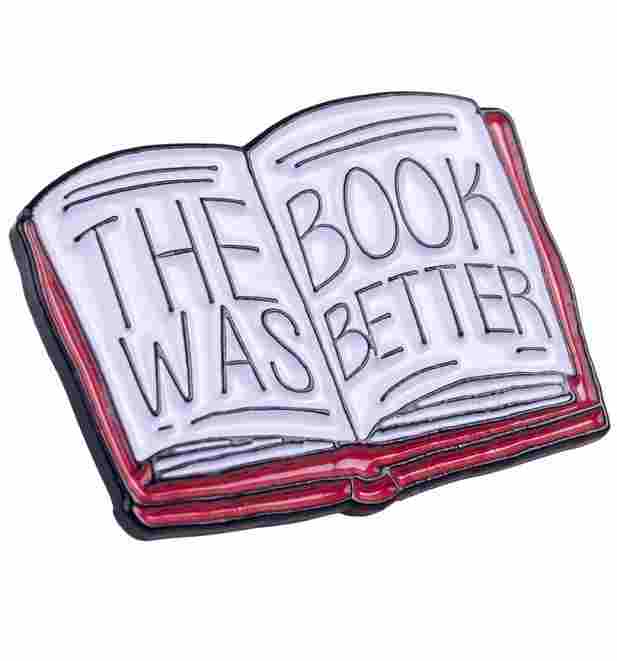 Resources for creating book trailers:
Resources for creating book trailers:
Getting started:
What is the plot? What is the climax? What might make a great cliffhanger for your trailer?
Who is your audience? parents, teachers, kids?
What makes your book unique?
Which quotes/sentences could you use?
What imagery would pair well with the themes, characters, ideas in your book?
Resources for creating book trailers:
Animoto blog about creating a book trailer
Instagram story?
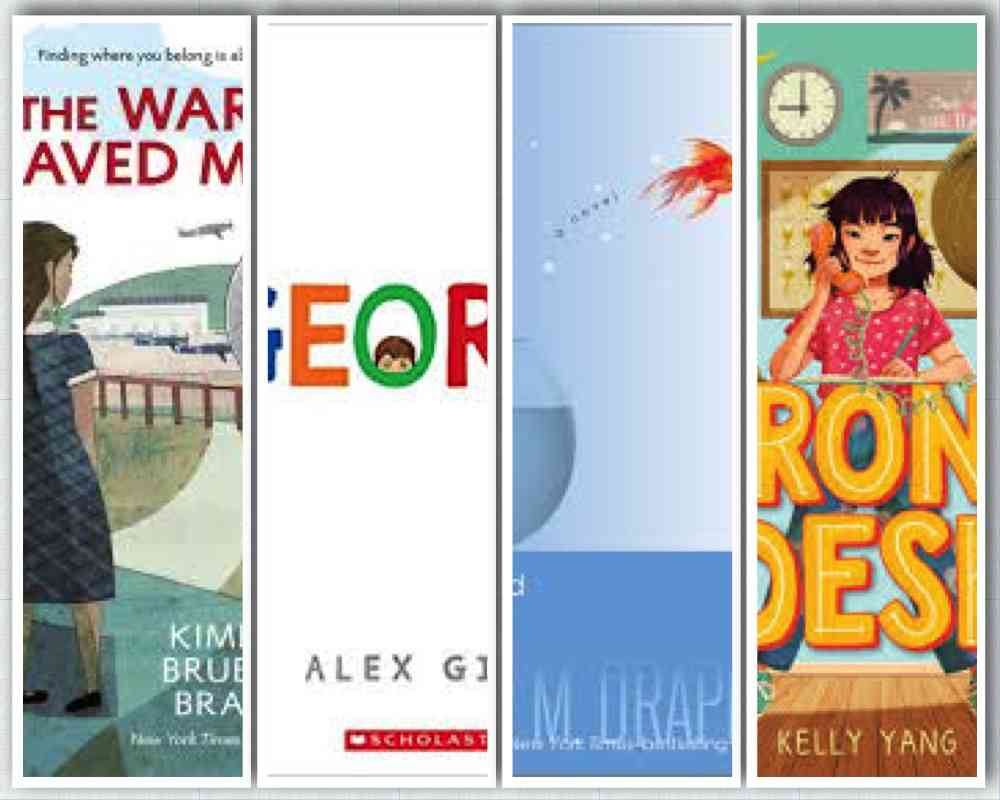 Do a close analysis of one of the characters in your chapter book:
Do a close analysis of one of the characters in your chapter book:
- Everyone in the group, choose a sentence or two that is significant for this character. What do we learn about this character from the passage you’ve selected?
- What do we know about children/childhood from this character?
- What are his/her physical characteristics?
- How does he/she interact with other characters?
- How does he/she interact with the world around him/her?
- What are this character’s behavioral traits?
What would be the appeal to kids who read this series? How might you use this text in an elementary classroom—what does it afford?
- What do you know about your series so far?
- What roles are played by adults (parents, teachers…)?
- What’s the tone (the feel/mood) of the series?
- What identities are offered to kids in your series?
- What does this series seem to want its readers to talk about?
- What are the underlying theme(s) of the series?
- What connections did you make when reading this series (connections to your own life and experiences, connections to other texts like books, films, etc., connections to your knowledge of the world). How did making those connections help you better understand the book?
Links for Goodreads
- First set up an account at Goodreads. Link HERE.
- Once you have an account, click HERE and that link should take you to our 341 group.
Example reviews:
As I began this book, The Strange Case of Origami Yoda, I was taken aback by the blatant verbal bullying being presented by “so-called” friends. I remembered thinking, “well maybe I won’t have Caleb (my oldest son) read this book.” As I went on reading I was able to experience the character development of these boys and I realized that depicting the internal moral struggle going on in Tommy’s mind about whether or not he was going to trust, to like, and to be friends with Dwight (the origami Yoda wearing “oddball”) would be advantageous to youngsters, like my son. We tell our children, our students, that bullying is wrong. And it is! But we also need to understand that the life of a student can be a hard one. And being able to witness the transition in the mindset of Tommy was wonderful. It is what we hope for our children and our students. He went from not really wanting to be seen with Dwight because it wasn’t cool, to coming to trust him, come to him for advice, and value him as a friend, even if it wasn’t seen as “cool” with some of this other classmates. I loved it!
To say that I enjoyed The War That Saved My Life would be a vast understatement. I found myself unable to put it down. Though it is meant for around middle school aged children, it is a great easy read for adults as well. The character development of the main character, Ada, was phenomenal. The author did an excellent job at showing Ada through all of the steps in her rediscovery of self: pain, denial, anger, sadness, and finally, joy. I also fell in love with Susan, “temporary” caretaker of Ada and brother Jamie. The dynamics between Ada and Susan were nothing short of perfection. The way the author transformed their relationship throughout the book, highlighting struggles and small victories alike, was truly wonderful. I laughed, I cried, and at the end, I was sad it was over, but then so happy of the way it ended. I will be buying the next book in the series and passing on the first book to my son to read. I can honestly give a five star rating of this book. And that says a lot coming from a strict fantasy/sci-do reader such as myself. Loved this book. I promise you will, too.
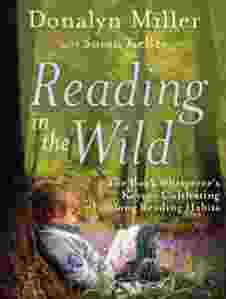
Review chapter 2 and find a couple of ideas that you find useful.
What will you need to do in your professional life to be able to create “preview stacks” for students like Miller discusses on page 73? How close are you to being the kind of elementary teacher who can recommend so many different kinds of books? How will you grow no matter where you’re starting from? What advice does she offer in this chapter that you would consider trying out now?
Let’s start a resource for yourself.
QW: What are the take-aways from reading Miller? Do you see yourself in any of the readers she describes? Is there anything that surprised you in her first chapter or ran counter to the way you experienced reading in school?
As a group, share quick writes. Then, point us to a place in the text to consider as a whole group. What does it say and why does it matter?
You can follow Donalyn Miller on Twitter @donalynbooks. Other people and accounts that are great for finding books:
You can also find most of the authors we are reading this semester on Twitter. Here are a couple to get started: Peter Reynolds, Tom Angleberger
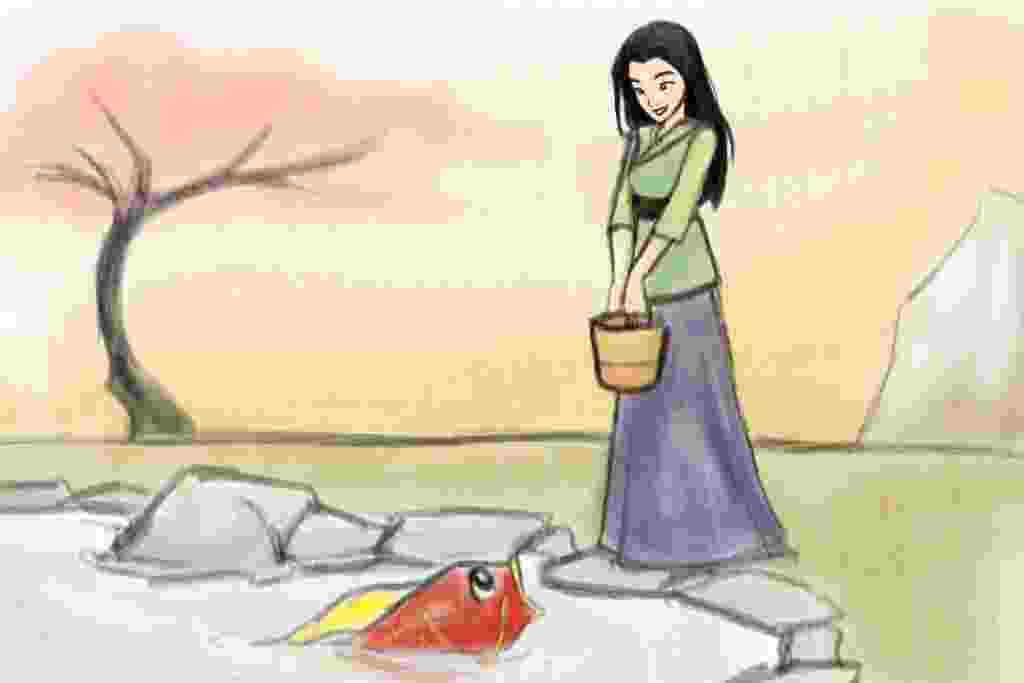 In what ways does Emma Donoghue undermine the conventions of the fairy tale?
In what ways does Emma Donoghue undermine the conventions of the fairy tale?
In what ways are the women in these stories the same? In what ways different?
To Read: “Cinderella” (Tatar pp. 101-137)
To Do during class:
- Let’s investigate these stories for ideas about gender roles and relationships—what do these versions reveal about social attitudes towards women, men, and their relationships. Use at least two stories from the “Cinderella” cycle as evidence for your ideas.
- Compose your own revision of Cinderella by writing a poem from her perspective. Or, imagine your version taking on the perspective of the prince, the step-sisters, step mother, mice, fairy godmother, etc… Or change the setting or tell us what happens after the wedding.
In Search of Cinderella
From dusk to dawn,
From town to town,
Without a single clue,
I seek the tender, slender foot
To fit this crystal shoe.
From dusk to dawn,
I try it on
Each damsel that I meet.
And I still love her so, but oh,
I’ve started hating feet.
…And Then the Prince Knelt Down and Tried to Put the Glass Slipper on Cinderella’s Foot
I really didn’t notice that he had a funny nose.
And he certainly looked better all dressed up in fancy clothes.
He’s not nearly as attractive as he seemed the other night.
So I think I’ll just pretend that this glass slipper feels too tight.
–Judith Viorst
- Consider the following quotes:
“The whole point of stories is not ‘solutions’ or ‘resolutions’ but a broadening and even heightening of our struggles.”
“Often stories embody the moral contradictions and inconsistencies in our personal lives, and thus give context and meaning to the social and political narratives of society at large.”
–Robert Coles, child psychiatrist, author The Call of Stories
If Coles is right that “the whole point of stories is not ‘solutions’ or ‘resolutions’ but a broadening and even heightening of our struggles,” what might stories in the “Little Red Riding Hood” cycle be about? What kinds of human struggles, both real and metaphoric, do these stories address and explore? Refer to specific details from the stories in your response.
- In the introduction to the book, Tatar lays out the debate around the cultural role of fairy tales. She explains, “Some advocate for the recuperation and critique of the classic cannon; others have called for the revival of ‘heretical’ texts (stories repressed and suppressed from cultural memory) and the formation of a new canon; still others champion rewriting the old tales or inventing new ones” (xiii). She goes on to quote Dworkin who sees fairy tales as imprinting cultural absolutes; Dworkin argues that we take the roles offered in fairy tales as “real identity.”
Unpack this debate given your reading of the Little Red Riding Hood Cycle; what do we gain and lose in the various “tellings” of this story? What are the implications of these tales in terms of identity construction? What roles are offered in the tales for children to imagine? How is this helpful/problematic? Point to specific tales as we think through these ideas.
Aug 28
In teams:
- In the Williams’s article, the author questions the way we construct “readers”:
“…what does it mean to identify our students (or ourselves) as readers? What characteristics do we as teachers assume someone possesses when he or she is (or is not) a reader? And how does that affect what we expect from students when we assign them a text to read?” (686). Try to answer those questions with your peers: what are the characteristics of a reader? How do his ideas compare with your experiences with reading in and outside of school?
- Find another passage in your group to talk through with us: tell us–what does the passage say, what does that mean in your own words, why does it matter?
Our expectations of reading in our class. What do we mean by reading? Reading with a teacherly eye…
Aug 26
What did you read so far today? What was the reading for? What did it help you do? How did you learn to read that?
Other ideas for your comic strip:
- create a book trailer for one of the books you read this semester in comic form
- create “a day in your life” strip
- create a before college/after college strip
- create an advice about college comic strip for incoming freshmen
- Use the Exquisite Corpse model and create the first panel, then pass, fold, pass, etc.
Lesson Plan for Comics from ReadWriteThink
Templates for comic strips (printable)
Let’s make some reading plans: what could you commit to reading over Thanksgiving break, over the longer winter break, over the summer, and beyond? How could your reading plans help support your growth as a future teacher? You might start by looking over Newbery award winners (perhaps starting from 2000), and think about how you might work through those children’s chapter books. Make a plan for reading (you could use Miller’s ideas in chapter 4 for inspiration) and share it with us.
- Finish up your Make 4/lesson plans with your free verse novels (what we started last Wednesday). We’ll post these on our website like a regular post (you can include a link to slides or upload images or whatever still). Your lesson plan should address these parts:
- Description of the writing activity: what will students do? If possible to answer, how does this activity you’re designing fit into a larger assignment or
 activity sequence?
activity sequence? - Intended grade level: xxx
- Common Core Standard(s): you can choose one or more as your target standard.
- What part of the school year do you imagine this taking place and why?
- What materials are needed?
- Goals for activity: what do you hope students learn about writing from trying your assignment/activity?
- Description of the writing activity: what will students do? If possible to answer, how does this activity you’re designing fit into a larger assignment or
- Post in our Goodreads account with a summary of your free verse novel
- Bring Graphic Novel (Smile, El Deafo, Roller Girl, The Best We Could Do, OR Pashmina) in case you finish the lesson plan and want to read.
- Example writing from a 4th grader
Creating activities/lesson plans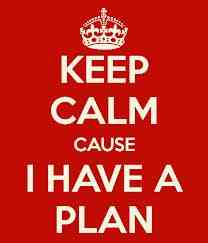
Brainstorm:
- Themes in your book
- Ideas for connecting the ideas in the book to bigger ideas (the civil rights movement, immigration, Vietnam, identity, etc)
- Quotes that could be helpful as a starter for writing
Look over common core standards for reading literature and think about a grade level you might want to work with:
Anything useful in the resources for your book (from our links)?
- Inside Out
- Enchanted Air by Margarita Engle
- Brown Girl Dreaming by Jacqueline Woodson
- The Crossover by Kwame Alexander
Now create a lesson plan or activity for working with your book:
- Description of the writing activity: what will students do? If possible to answer, how does this activity you’re designing fit into a larger assignment or activity sequence?
- Intended grade level: xxx
- Common Core Standard(s): you can choose one or more as your target standard.
- What part of the school year do you imagine this taking place and why?
- What materials are needed?
- Goals for activity: what do you hope students learn about writing from trying your assignment/activity?
HERE is an example from a former student, Tamara
brainstorm everything you know about your birth: place, time, town, hospital name, what the geography would have looked like, what the weather was like, what your parents and relatives said when you were born, how you got your name, what was going on that year…
Using Woodson as a mentor text, try your hand at a short poem about your birth story.
In your free verse groups, create a writing prompt from your book for another group to try out. Perhaps it is a line you want them to use as an opening or a closing for their own free verse passage, or perhaps it is a theme you could work with that they use as an idea for writing… we’ll give your prompt to another group to try on Monday’s class.
For those of you reading The Crossover, or really any of you who want to think about the use of hip hop in teaching, here’s a pretty cool video showing how hip hop is used in school with Kendrick Lamar
QW: What kind of reading do you do outside school? Do you read differently outside of school? Does your out of school reading connect with the reading you do for school? How so? Or why not?
Then in teams:
- In the Williams’s article, the author questions the way we construct “readers”:
“…what does it mean to identify our students (or ourselves) as readers? What characteristics do we as teachers assume someone possesses when he or she is (or is not) a reader? And how does that affect what we expect from students when we assign them a text to read?” (686). Try to answer those questions with your peers: what are the characteristics of a reader? How do his ideas compare with your experiences with reading in and outside of school?
- Find another passage in your group to talk through with us: tell us–what does the passage say, what does that mean in your own words, why does it matter?
Our expectations of reading in our class. What do we mean by reading? Reading with a teacherly eye…
As you read Love That Dog, look for clues about Miss Stretchberry’s pedagogy. Please discuss with your group:
- What is she doing with her students? How do you imagine her classroom being arranged? What activities do you think go on in connection with the poetry unit? Why is her work with students effective?

